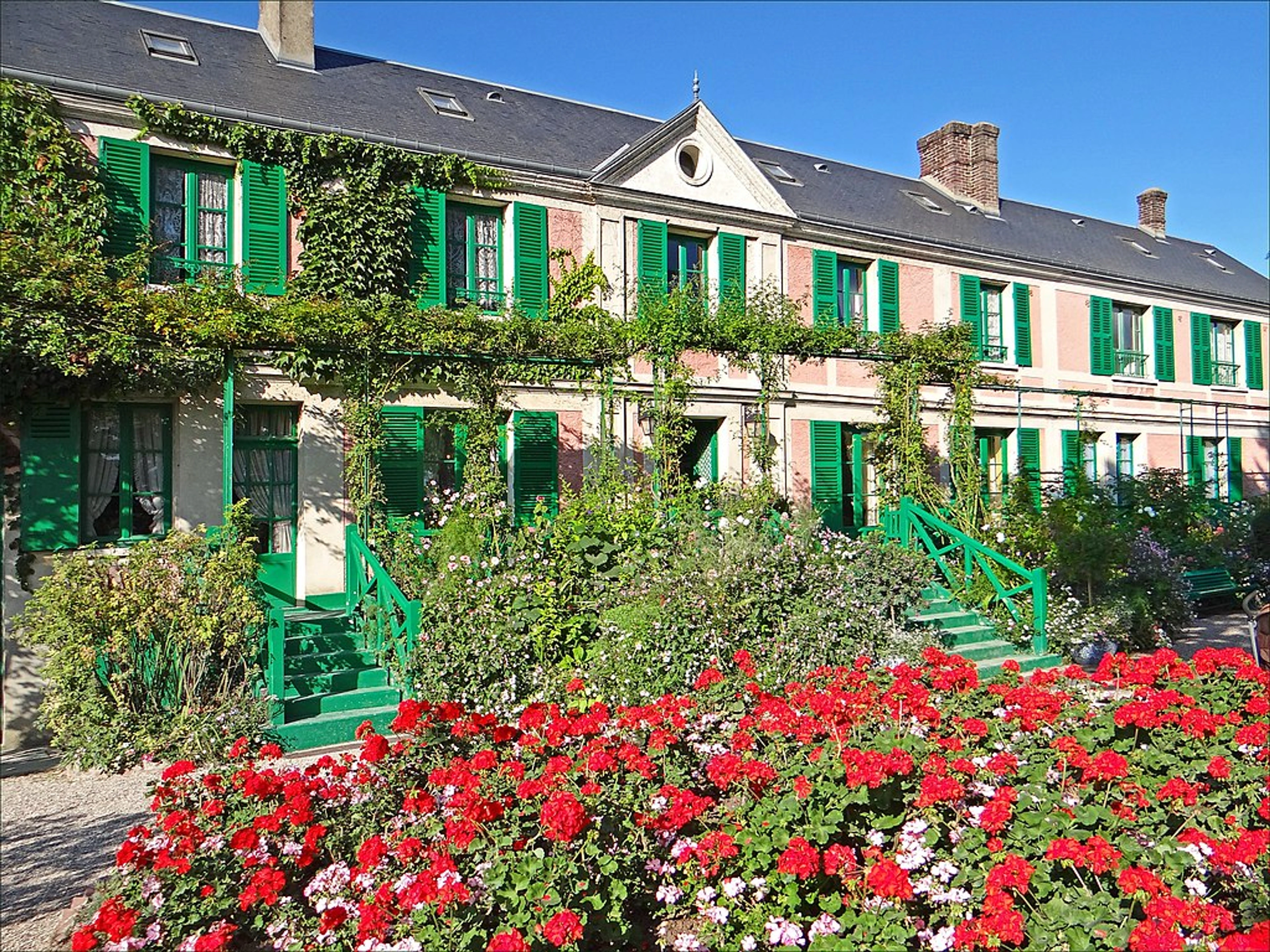
The Best Art Galleries in France: A Personal Journey Through French Art
Embark on a personal journey through France's best art galleries, from the titans of Paris to regional treasures. Discover Impressionist dreams, modern marvels, and find inspiration along the way.
The Best Art Galleries in France: A Personal Journey Through French Art
Ah, France. Just saying the word conjures images, doesn't it? Rolling vineyards, charming cafes, maybe a slightly intimidating waiter... and, of course, art. Lots and lots of glorious art. As someone who finds immense joy (and sometimes, let's be honest, a touch of overwhelm) in exploring creative spaces, diving into the French gallery scene feels less like a task and more like a pilgrimage. It's a chance to connect with centuries of human expression, to see the brushstrokes up close, and maybe, just maybe, find a little piece of inspiration for my own work (see my art if you're curious!).
France isn't just a country; it's a living, breathing canvas. From the grand salons of Paris to the sun-drenched studios of the Riviera, art is woven into the very fabric of the nation. So, where do you even begin to navigate this artistic wonderland? Let's take a stroll together, shall we?
Why France is an Art Lover's Paradise
France has been at the epicenter of Western art for centuries. Think about it: Impressionism, Fauvism, Cubism – so many movements that redefined how we see the world were born or flourished here. It's like the air itself is thick with creative energy. Walking through a French gallery, you're not just seeing paintings on a wall; you're stepping into history, feeling the echoes of artists who walked these same streets, debated in these same cafes, and poured their souls onto canvas.
It's a history that feels incredibly personal, even if you're just a visitor. You see the landscapes that inspired Monet, the city streets that captivated the Impressionists, the vibrant colors that exploded with the Fauves. It makes you wonder about your own journey, your own timeline of creative discovery (my timeline has a few interesting stops!).
The Titans of Paris: Where Everyone Starts (and Sometimes Gets Lost)
Okay, let's address the giants first. Paris. You can't talk about French galleries without talking about Paris. These places are famous for a reason, but visiting them requires a certain mindset. Patience, comfortable shoes, and maybe a snack are key. And don't feel bad if you get a little lost – it's part of the adventure!
The Louvre: A City of Art
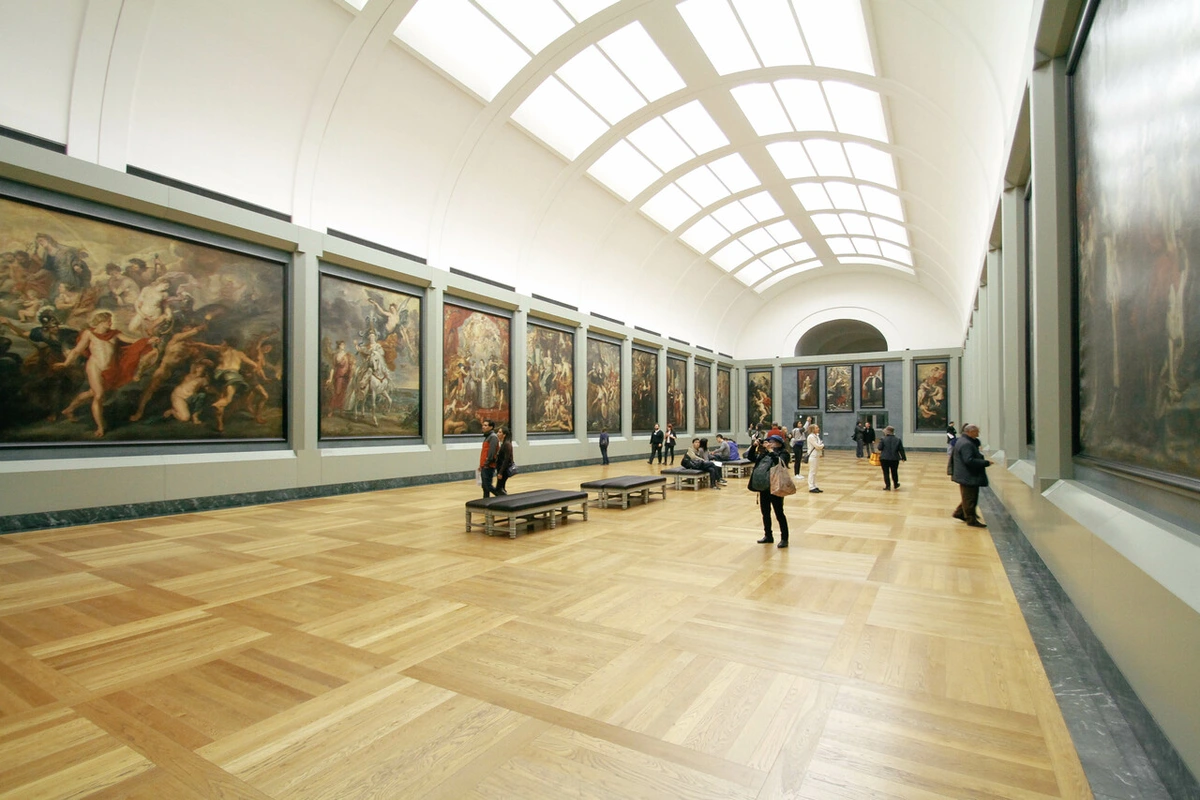
Let's be real: the Louvre is less a museum and more an entire artistic universe. You could spend days here and still only scratch the surface. It's home to the Mona Lisa (prepare for crowds!), the Venus de Milo, and countless masterpieces spanning millennia. My personal approach? Don't try to see everything. Pick a wing, a period, or even just a few specific pieces you really want to see. Otherwise, you risk museum fatigue setting in before you've even found the Egyptian section. It's a place that reminds you just how vast and varied the world of art is (explore different types of artwork).
Musée d'Orsay: Impressionist Dreams

Now, the Musée d'Orsay? This is where my heart truly sings. Housed in a stunning former railway station, it's dedicated primarily to Impressionist and Post-Impressionist art. Monet, Renoir, Degas, Van Gogh – they're all here. Walking through these halls feels more manageable than the Louvre, and the light filtering through the station's glass roof is just magical. It's the perfect place to lose yourself in vibrant colors and fleeting moments (learn more about Impressionism or Van Gogh).
Centre Pompidou: The Modern Marvel
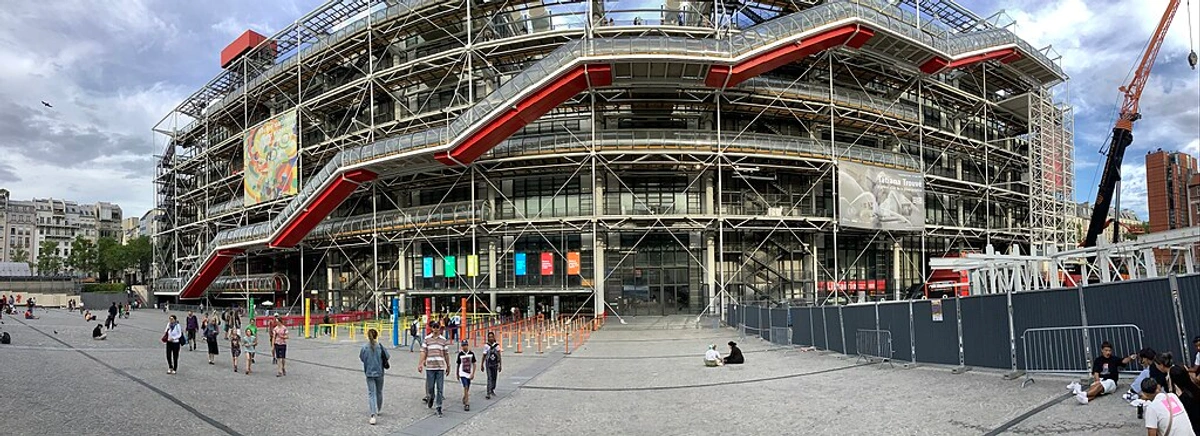
If the Orsay is about the past, the Centre Pompidou is firmly rooted in the modern and contemporary. Its inside-out architecture is a statement in itself! Here, you'll find works by Picasso, Matisse, Kandinsky, and a constantly changing array of contemporary art. It can be challenging, surprising, and sometimes downright baffling – which is exactly what modern art should be, right? (Understand modern art and contemporary art). Plus, the views of Paris from the top floor are spectacular.
Beyond Paris: Discovering Regional Treasures
While Paris is essential, some of the most rewarding art experiences in France are found outside the capital. These regional galleries and museums often offer a more focused collection and a less frantic pace.
Fondation Maeght (Saint-Paul-de-Vence)
Nestled in the hills near Nice, the Fondation Maeght is a true gem. It's a private collection focusing on modern and contemporary art, set in a beautiful building surrounded by sculpture gardens. Think Miró, Calder, Giacometti, and Braque, integrated with the landscape. It feels less like a museum and more like visiting a wealthy, art-loving friend's incredible estate. The way the art interacts with the light and nature here is just breathtaking. It makes you think about how art fits into space, whether it's a grand garden or just decorating your home.
Musée Picasso Antibes
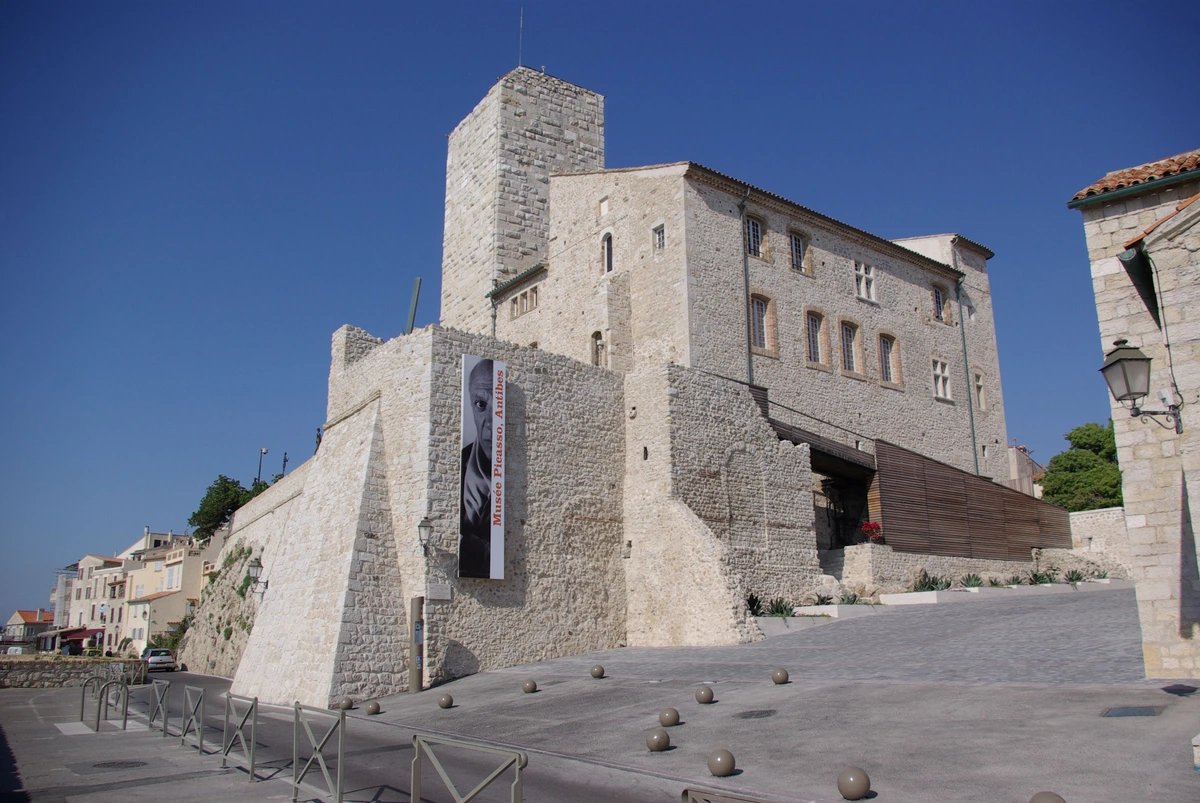
Located in the stunning Château Grimaldi overlooking the Mediterranean, this museum was actually Picasso's studio for a time. The collection focuses on the works he created during his stay here. Seeing his vibrant, often joyful pieces in the very place they were made, with the same light and sea views he experienced, is incredibly moving. It gives you a real sense of the artist and his connection to the place (learn about Picasso).
Fondation Monet Giverny
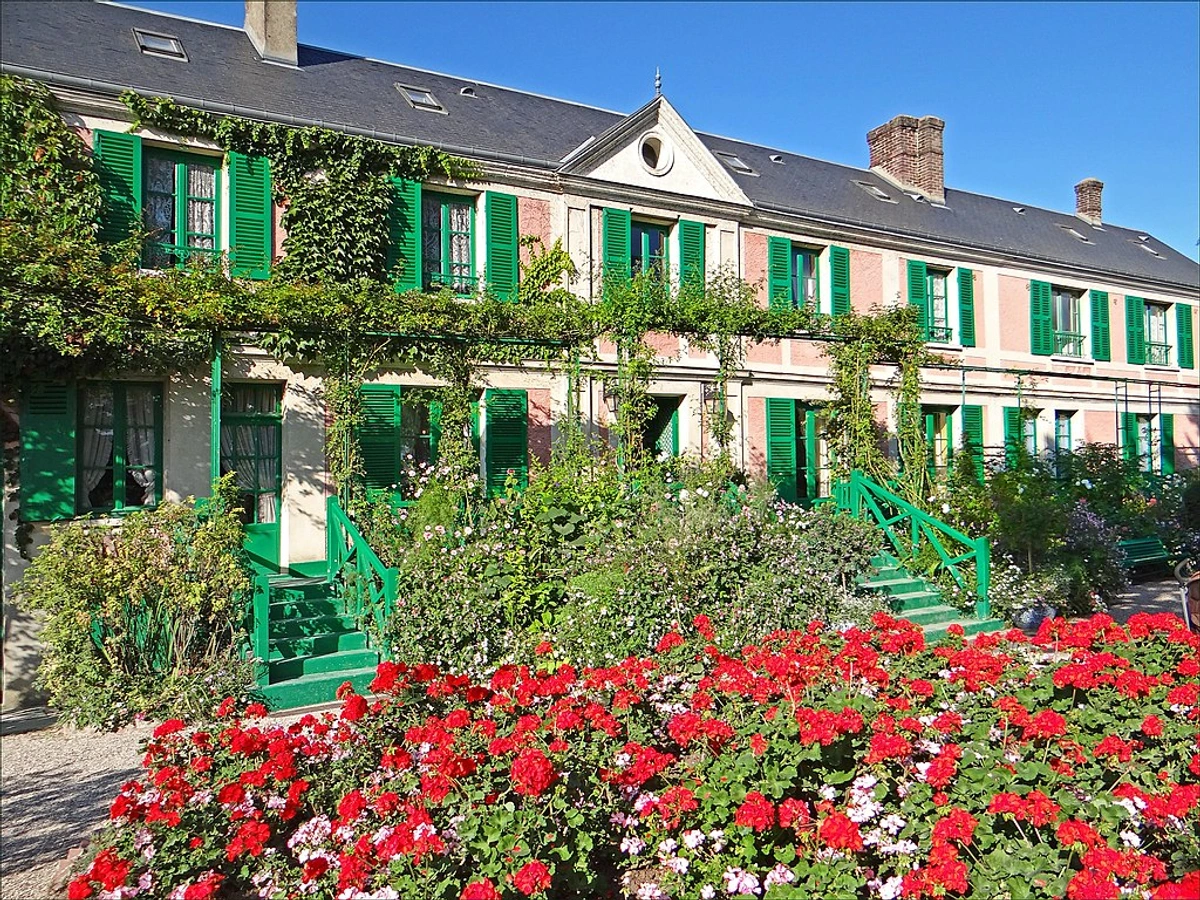
Okay, technically not a gallery in the traditional sense, but visiting Monet's house and gardens in Giverny is an absolute must for any art lover. This is where he painted his famous water lilies and so many other Impressionist masterpieces. Walking through the gardens, seeing the Japanese bridge, the pond – it's like stepping into his paintings. It's a powerful reminder of how deeply artists are influenced by their surroundings and how inspiration can be found everywhere (finding inspiration).
Finding Your Own French Art Path
Beyond the famous names, France is dotted with smaller municipal museums, private galleries, and artist studios. These are often where you find unexpected treasures and connect with the local art scene. Don't be afraid to wander off the beaten path. Pop into a small gallery you stumble upon. You might discover an artist you love or a piece that speaks directly to you. It's a bit like finding affordable original art online – sometimes the best finds are where you least expect them.
Exploring these spaces is also a great way to refine your own taste (define your personal art style). What kind of art resonates with you? What colors, styles, or subjects draw you in? It's a personal journey, and France offers an endless landscape for that exploration.
Tips for Making the Most of Your French Gallery Visits
- Book Ahead: For the major Paris museums, booking tickets online in advance is a lifesaver. It saves you queuing time, which means more time for art (or coffee!).
- Pace Yourself: Don't try to cram too much into one day. Museum fatigue is real! Take breaks, sit on a bench, just look without feeling pressured to analyze everything.
- Look Up, Look Down, Look Around: Galleries are often beautiful buildings themselves. Appreciate the architecture, the light, the way the art is displayed. Sometimes the setting is as much a part of the experience as the art.
- Engage (If You Want): Don't feel like you have to understand every piece or read every single label. Sometimes it's enough to just stand and feel the art. Other times, reading the context can unlock a whole new level of appreciation (how to read a painting). It's your experience, make it what you want.
- Consider a Museum Pass: If you plan on visiting several major museums in Paris, a museum pass can save you money and time.
FAQ: Your French Art Questions Answered (Sort Of)
- Q: Which is the absolute best gallery in France? A: Oh, that's like asking for the single best cheese! It's entirely subjective. The Louvre is the most comprehensive, the Orsay is great for Impressionism, the Pompidou for modern. It depends on what you love! My personal favorite might be a small, quiet gallery I stumbled into in a tiny village, or maybe even my own museum in Den Bosch (okay, that's in the Netherlands, but you get the idea!).
- Q: Are French galleries expensive? A: The major national museums in Paris can have entry fees, but they are often free for EU citizens under 26. Many smaller municipal museums are free or have very low entry fees. It varies, so check ahead.
- Q: Can I take photos? A: Policies vary. Major museums often allow photos for personal use (no flash!), but some smaller galleries or specific exhibitions might prohibit it. Always check the signs or ask.
- Q: How long should I spend in a gallery? A: As long as you feel engaged! For a major museum like the Louvre, a few hours per visit is usually plenty before your brain turns to mush. For smaller galleries, 30 minutes to an hour might be perfect. Listen to yourself.
Conclusion: Your French Art Adventure Awaits
Exploring the best galleries in France is more than just ticking boxes on a tourist list. It's an opportunity for connection, reflection, and discovery. It's about seeing the world through different eyes, feeling the passion of artists who came before, and perhaps even sparking something new within yourself. Whether you're drawn to the grandeur of the Louvre or the intimacy of a regional gem, France offers an unparalleled artistic journey. So, pack your bags, open your mind, and let the art sweep you away. And hey, if you find something you love so much you want to take it home, remember there are always options for buying art!




